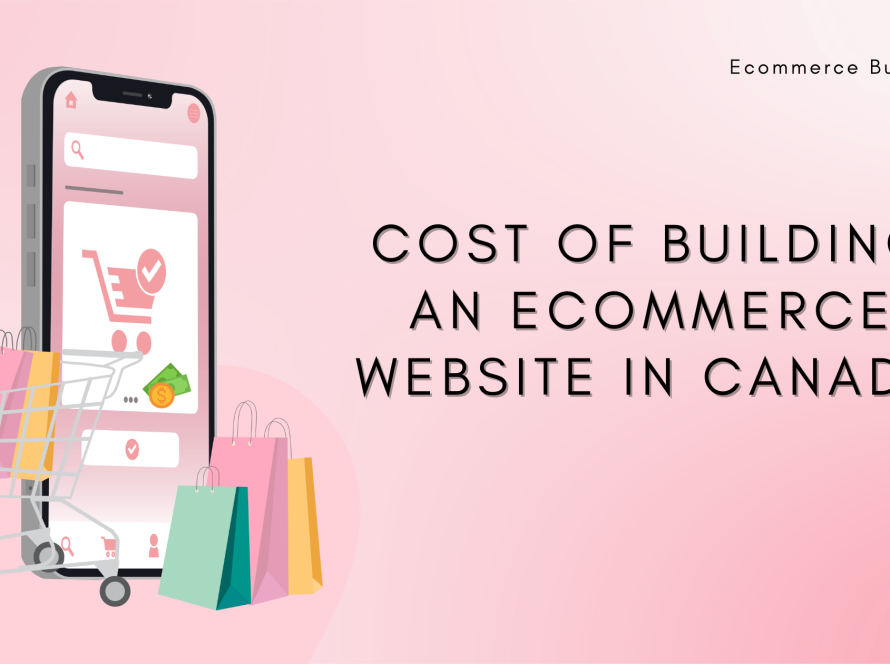Introduction
In the world of e-commerce, having a visually appealing and user-friendly website is crucial for success. User interface (UI) and user experience (UX) play a vital role in attracting and retaining customers. To ensure your online store stands out from the competition, it’s important to follow a comprehensive checklist for UI/UX design services. In this blog post, we will guide you through the ultimate checklist for achieving UI/UX success with Ecommerce Builders Inc.
Table of Contents
- Understanding UI/UX Design Services
- Defining Your Target Audience
- Creating a Consistent Brand Identity
- Prioritizing Mobile Responsiveness
- Streamlining Navigation and Information Architecture
- Optimizing Page Load Speed
- Implementing Intuitive Product Filtering and Sorting
- Designing Clear and Engaging Call-to-Actions (CTAs)
- Enhancing Product Imagery and Descriptions
- Conducting User Testing and Gathering Feedback
- Tracking and Analyzing User Behavior
- Staying Updated with UI/UX Trends
Understanding UI/UX Design Services
UI/UX design services encompass the process of enhancing the visual appeal and user experience of a website or application. It involves creating intuitive interfaces, optimizing usability, and ensuring seamless navigation for visitors. The checklist below will help you maximize the potential of UI/UX design services for your e-commerce website.
Defining Your Target Audience
Before diving into the design process, it’s crucial to have a clear understanding of your target audience. Identify their demographics, preferences, and behaviors. This information will guide the design choices, ensuring the website appeals to and resonates with your potential customers.
Creating a Consistent Brand Identity
A consistent brand identity helps in building trust and recognition among your audience. Maintain consistency in your website’s color scheme, typography, and overall design elements. Ensure that your branding aligns with your products or services, reinforcing your unique selling proposition.
Prioritizing Mobile Responsiveness
In the mobile-dominated era, responsive design is no longer an option but a necessity. Your website should adapt seamlessly to different screen sizes and resolutions. Prioritize mobile responsiveness to provide a consistent and optimized user experience across devices.
Streamlining Navigation and Information Architecture
Efficient navigation and information architecture are essential for a user-friendly experience. Organize your website’s content logically, making it easy for users to find what they’re looking for. Use clear headings, categories, and subcategories to structure the information.
Optimizing Page Load Speed
Fast page load speed is critical for reducing bounce rates and improving user satisfaction. Optimize your website’s performance by compressing images, minifying code, and utilizing caching techniques. Aim for a load time of three seconds or less to ensure a smooth browsing experience.
Implementing Intuitive Product Filtering and Sorting
Make it effortless for users to find the products they desire by implementing intuitive filtering and sorting options. Allow users to refine their search based on criteria such as price, brand, size, color, and customer ratings. This feature enhances usability and helps customers make informed purchase decisions.
Designing Clear and Engaging Call-to-Actions (CTAs)
Effective call-to-actions (CTAs) prompt users to take desired actions, such as making a purchase or signing up for a newsletter. Design clear and visually appealing CTAs that stand out on the page. Use action-oriented language and place CTAs strategically to guide users through the conversion funnel.
Enhancing Product Imagery and Descriptions
High-quality product images and compelling descriptions are essential for driving conversions. Invest in professional product photography and showcase multiple angles and details. Craft persuasive and concise descriptions that highlight the unique features and benefits of each product.
Conducting User Testing and Gathering Feedback
User testing allows you to identify usability issues and gather feedback directly from your target audience. Conduct usability tests with representative users and analyze their behavior and feedback. Use this information to iterate and improve your website’s design and functionality.
Tracking and Analyzing User Behavior
Implement web analytics tools to track and analyze user behavior on your website. Monitor key metrics such as bounce rate, session duration, and conversion rates. Gain insights into user preferences and patterns to make data-driven decisions for further UI/UX enhancements.
Staying Updated with UI/UX Trends
The field of UI/UX design is constantly evolving. Stay updated with the latest trends, emerging technologies, and best practices. Regularly explore industry blogs, attend conferences, and engage in professional networks to ensure your UI/UX design stays fresh and relevant.
Conclusion
By following the ultimate UI/UX design services checklist provided above, you can enhance the user experience of your e-commerce website and drive success. Remember to prioritize your target audience, create a consistent brand identity, and leverage the power of mobile responsiveness. Streamline navigation, optimize page load speed, and implement intuitive filtering options. Design compelling CTAs, enhance product imagery and descriptions, and gather user feedback. Track user behavior and stay updated with UI/UX trends. With these steps, you’ll be well on your way to UI/UX excellence with Ecommerce Builders Inc.



